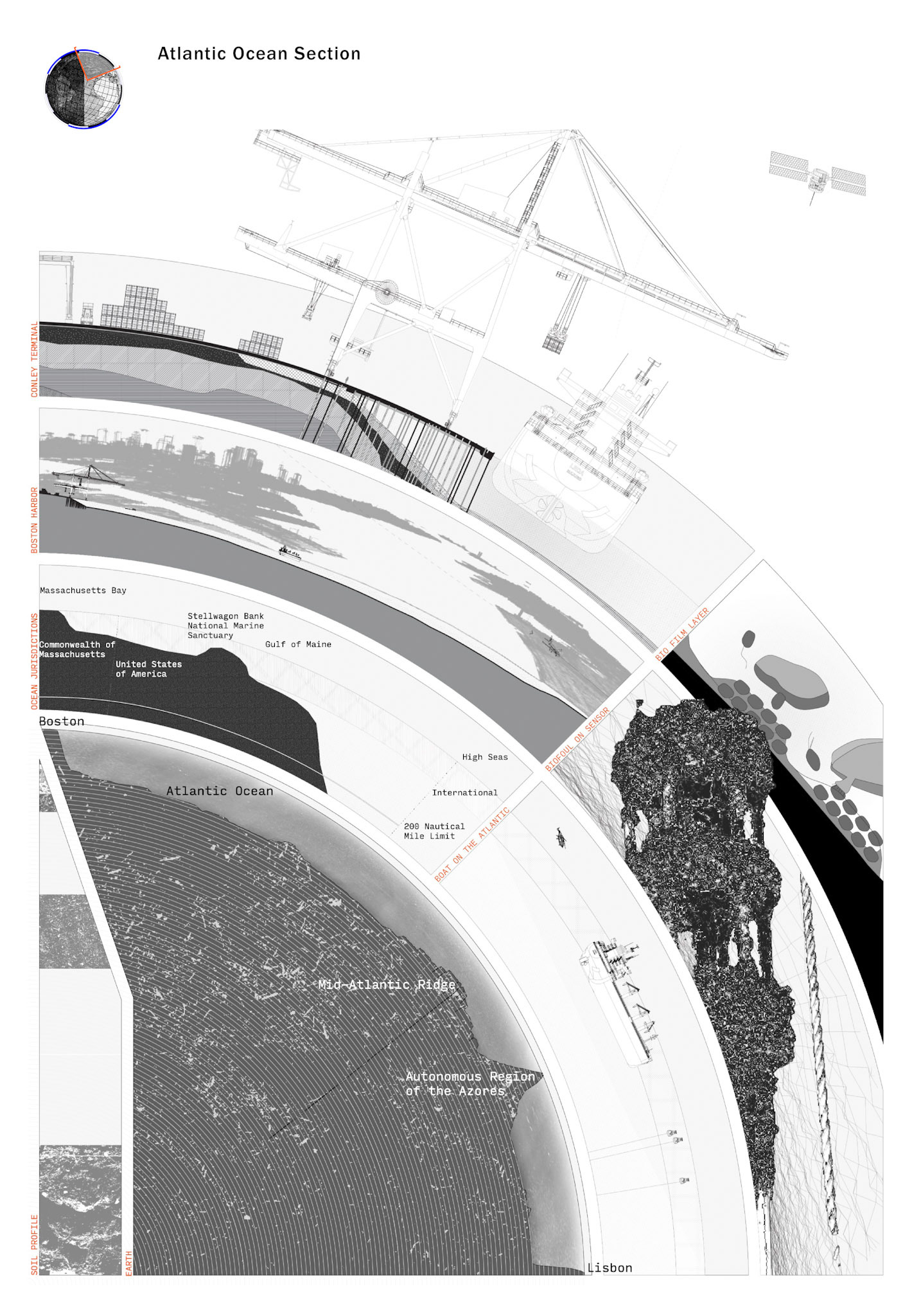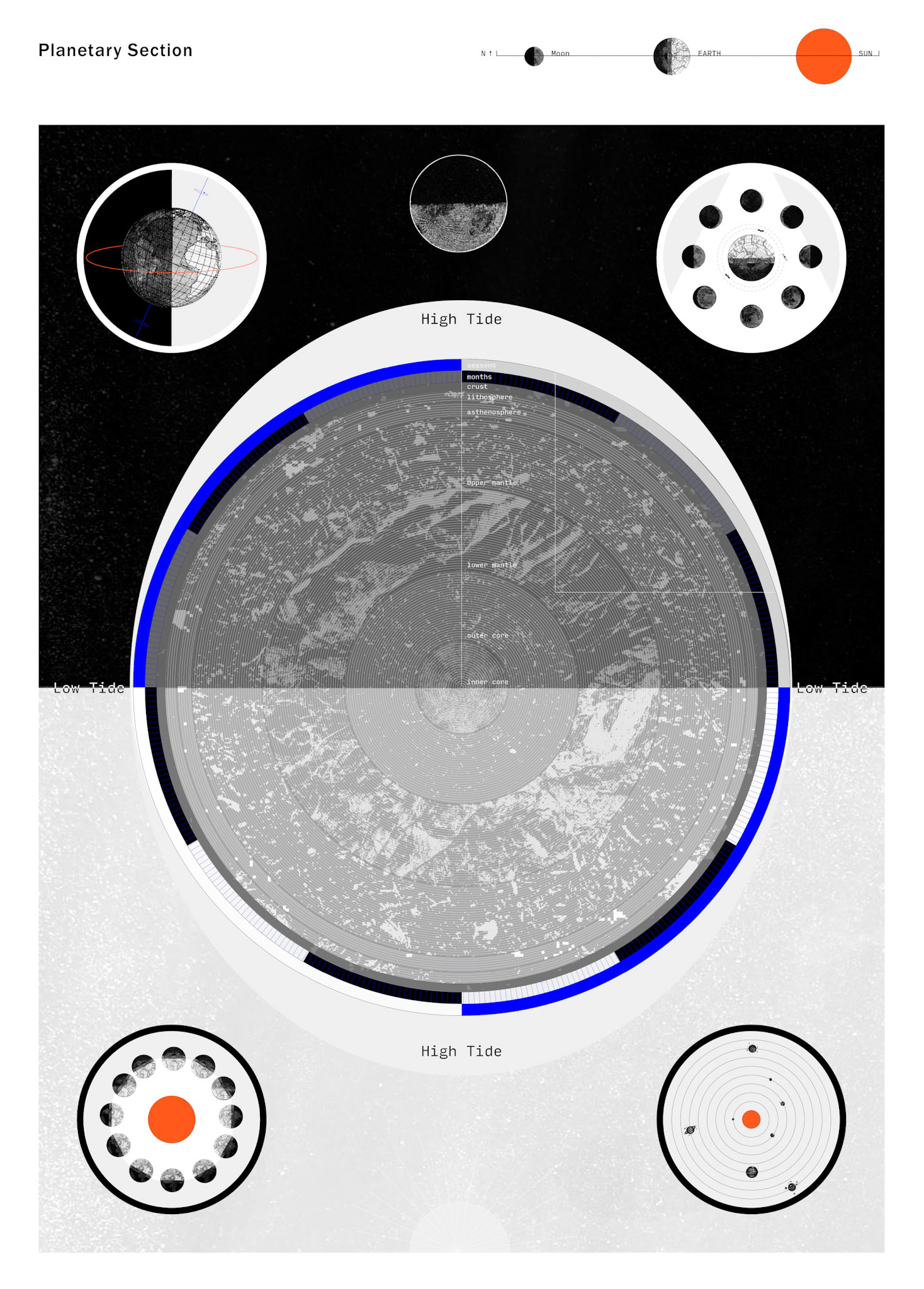CORE 3: Design for Littoral Land: From Episode to Adaptation
Studio Coordinators: Rosetta S. Elkin, Robert Gerard Pietrusko, Instructor: Rosalea Monacella
Fall 2019
Re-Comissioning the Ocean
Nora Chuff, Maxwell Smith-Holmes, Ayami Akagawa
As the unified land of Pangea and the ocean of Panthalassa drifted and warped over 175 million years into their present geographies, living species survived through a combination of adaptation and migration. The earth’s geologic foundations continue to transform while organisms evolve and adapt, traversing physical impediments and political borders alike.
Since the Anthropocene, plants, animals, objects and material have traveled, not just generationally via continental connections, but also over infrastructural systems both well-known and invisible. As humans have pursued their maritime ambitions, they have been trailed by an eclectic group of seafaring organisms for whom industrial materials have proved an ideal habitat. The expansion of shipping routes between distant ports has resulted in the human designation of a class of organisms defined, not by scientific taxonomy, but instead by its deleterious effects on shipping infrastructure.
Dubbed “biofoul” by sailors and port operators, these organisms are often visible as the woolly gristle dangling from the hulls of boats, clinging to pilings, or lodged in the functional recesses of mechanical equipment. They gum up the moving parts of boats, rendering the economically necessary components of shipping inoperable, and providing drag that causes inefficiency.
By effacing traditional barriers to movement, these invertebrates have constituted ever-shifting migratory communities of diverse and diminutive creatures that evolve at a relatively rapid pace. Through the use of decentralized open-source information technology, the biodiversity of these organisms can be recognized as a productive element in recommissioning the ocean.
In designing common ground between global species, we can begin to imagine a new form of oceanic infrastructure that embraces migration.
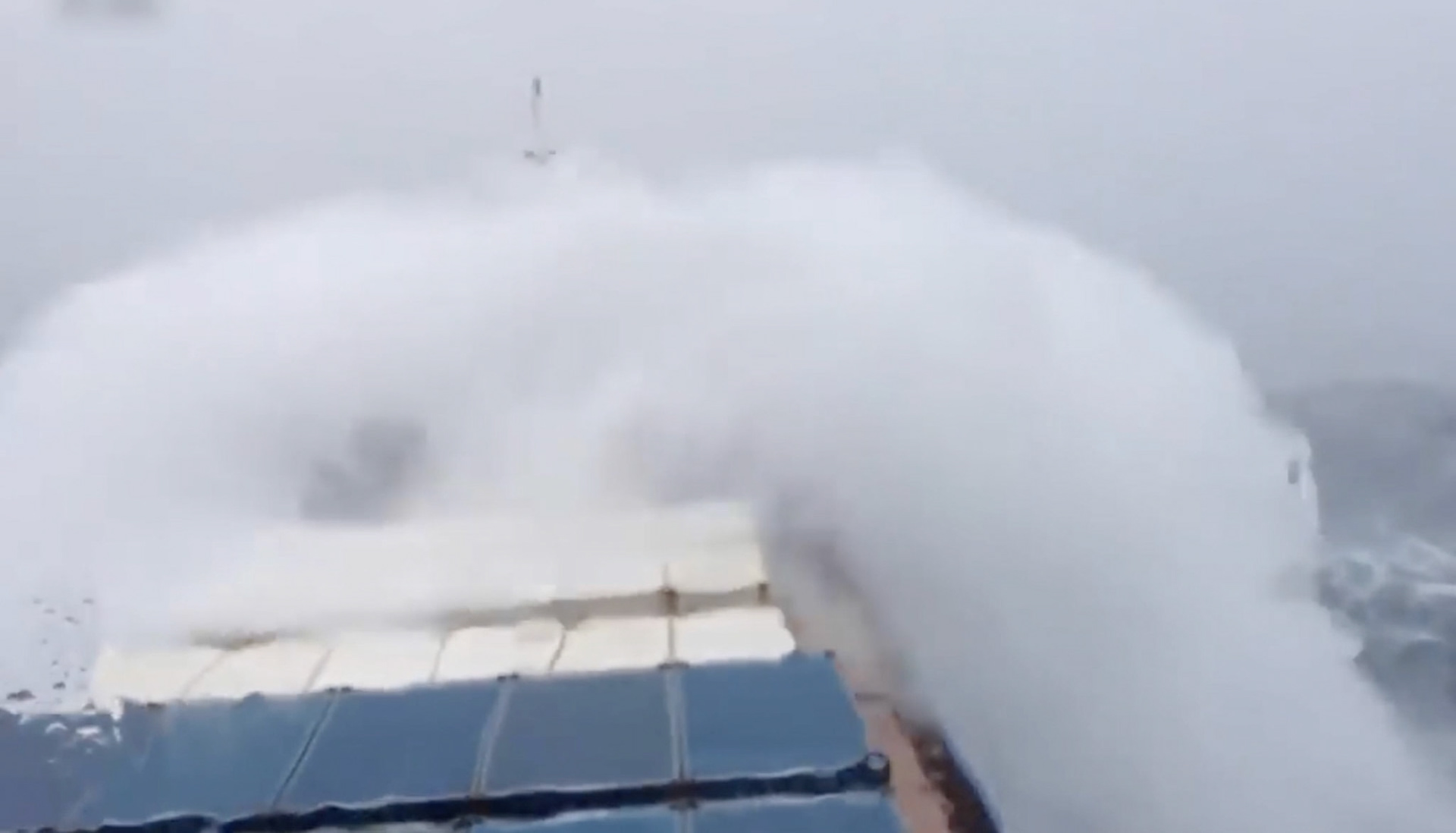
Video Still
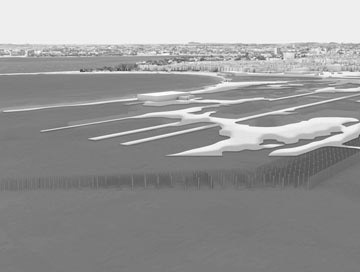
Decommissioned Port Rendering
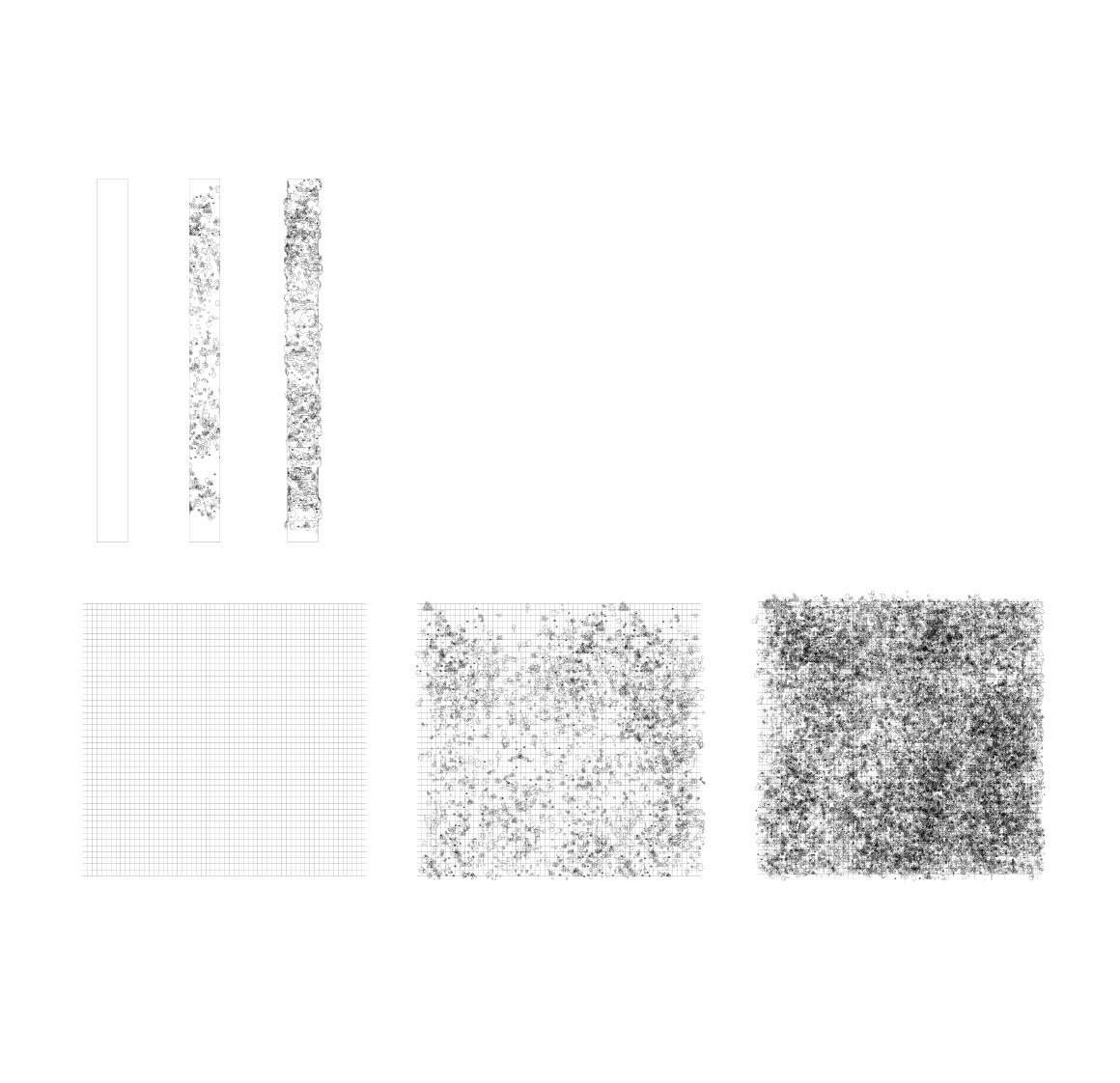
Biofoul Habitat + Anti-Erosion
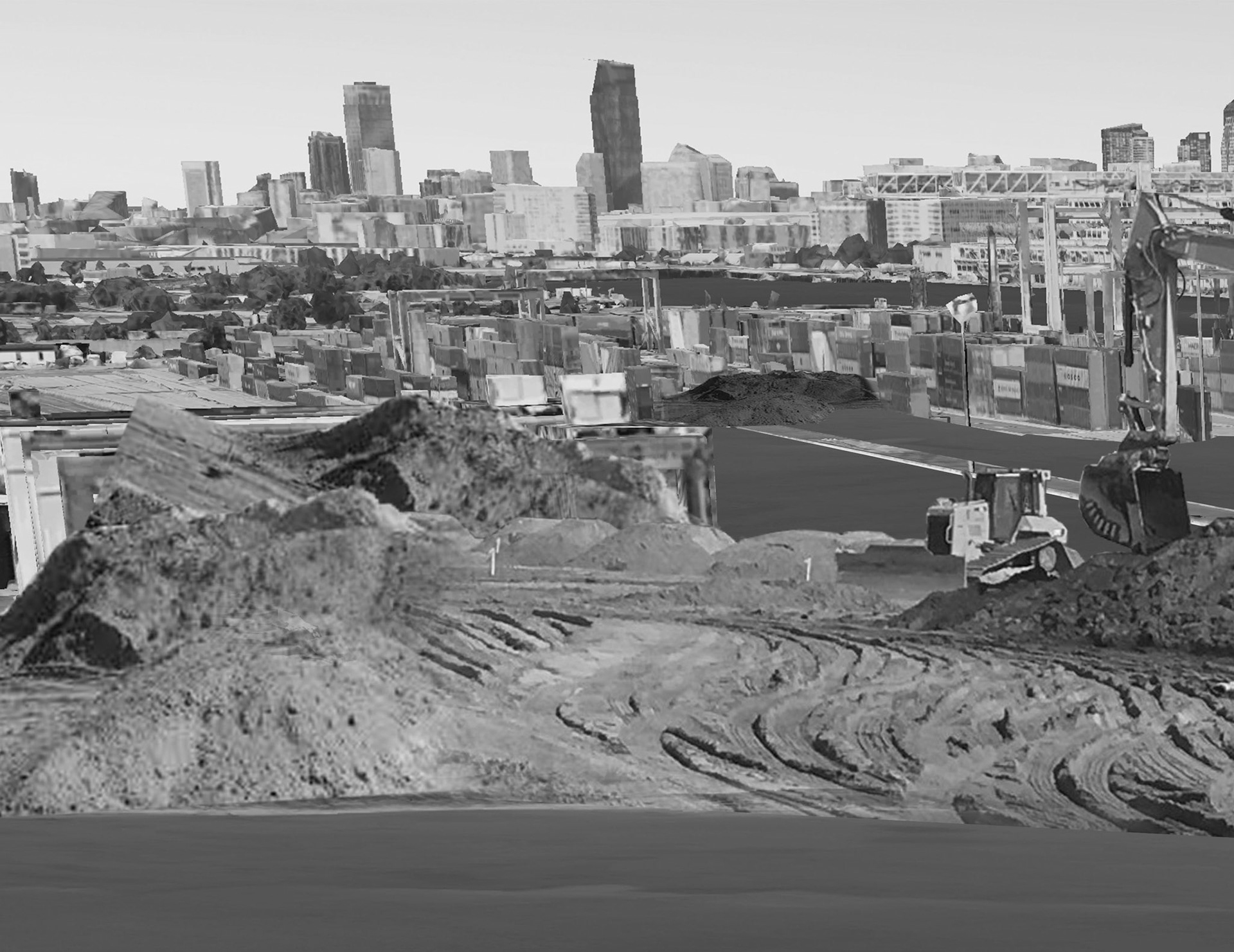
Decommissioned Port Rendering
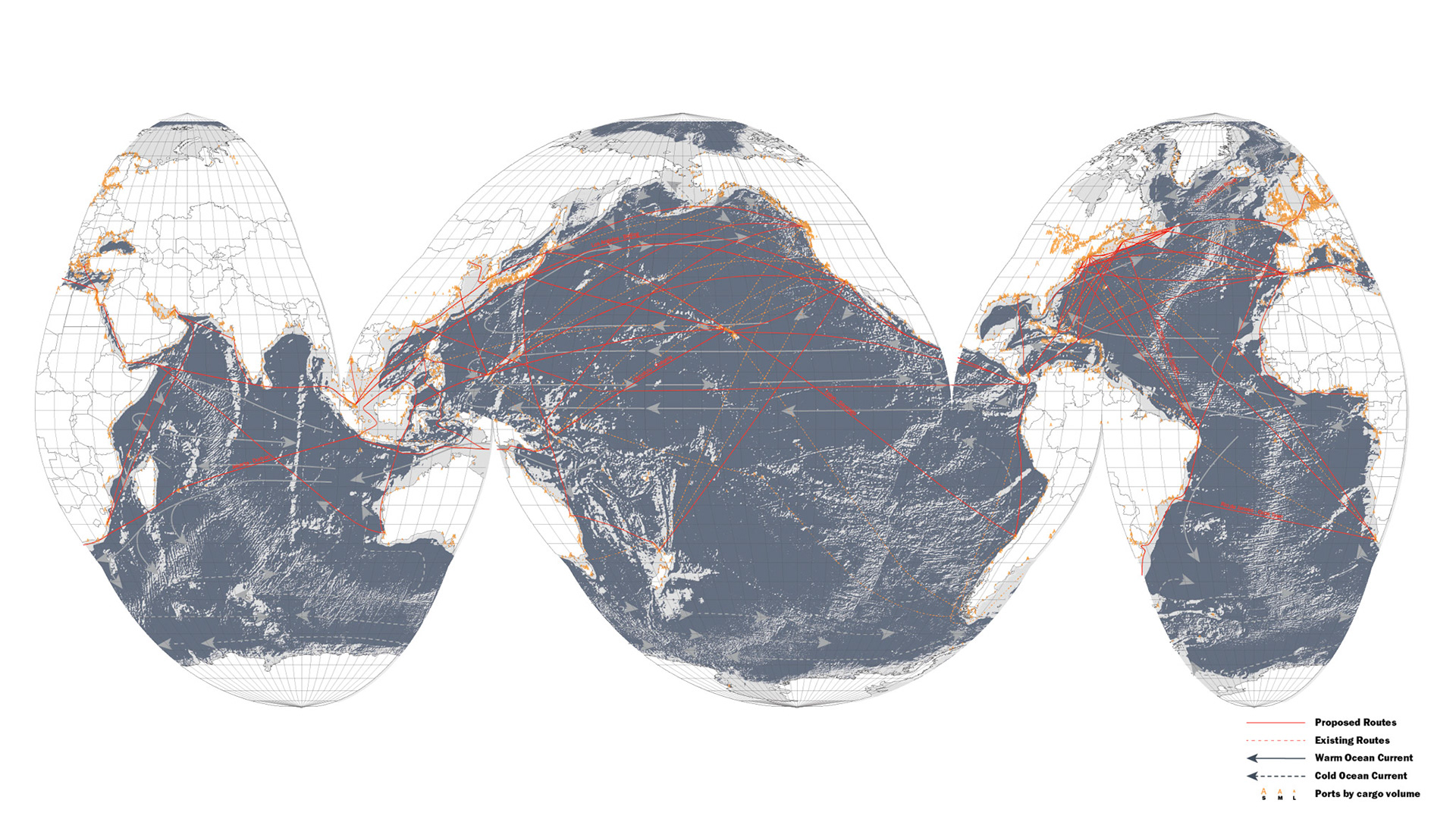
World Map with Shipping Routes

Panamax Boats
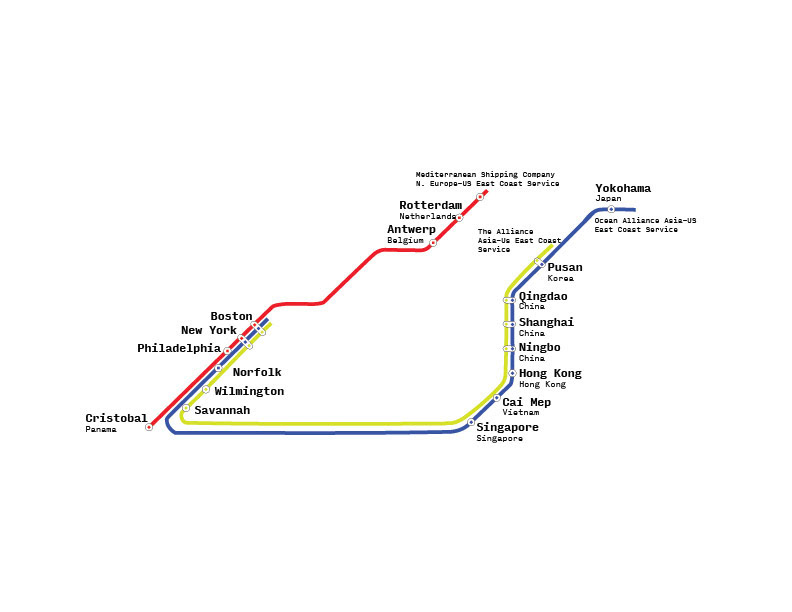
Global Shipping Routes
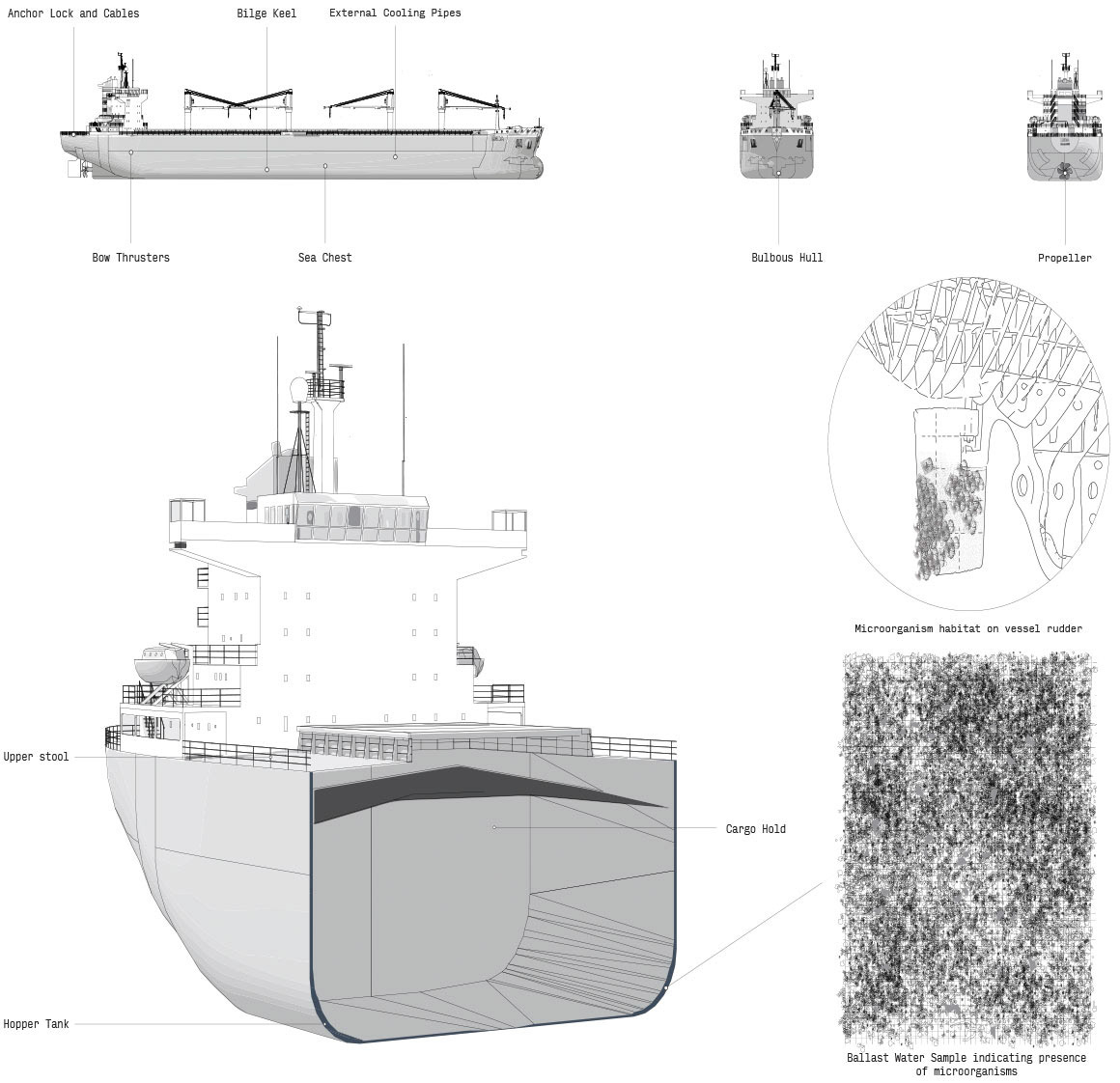
Cargo Vessel Diagram

Concept Diagram
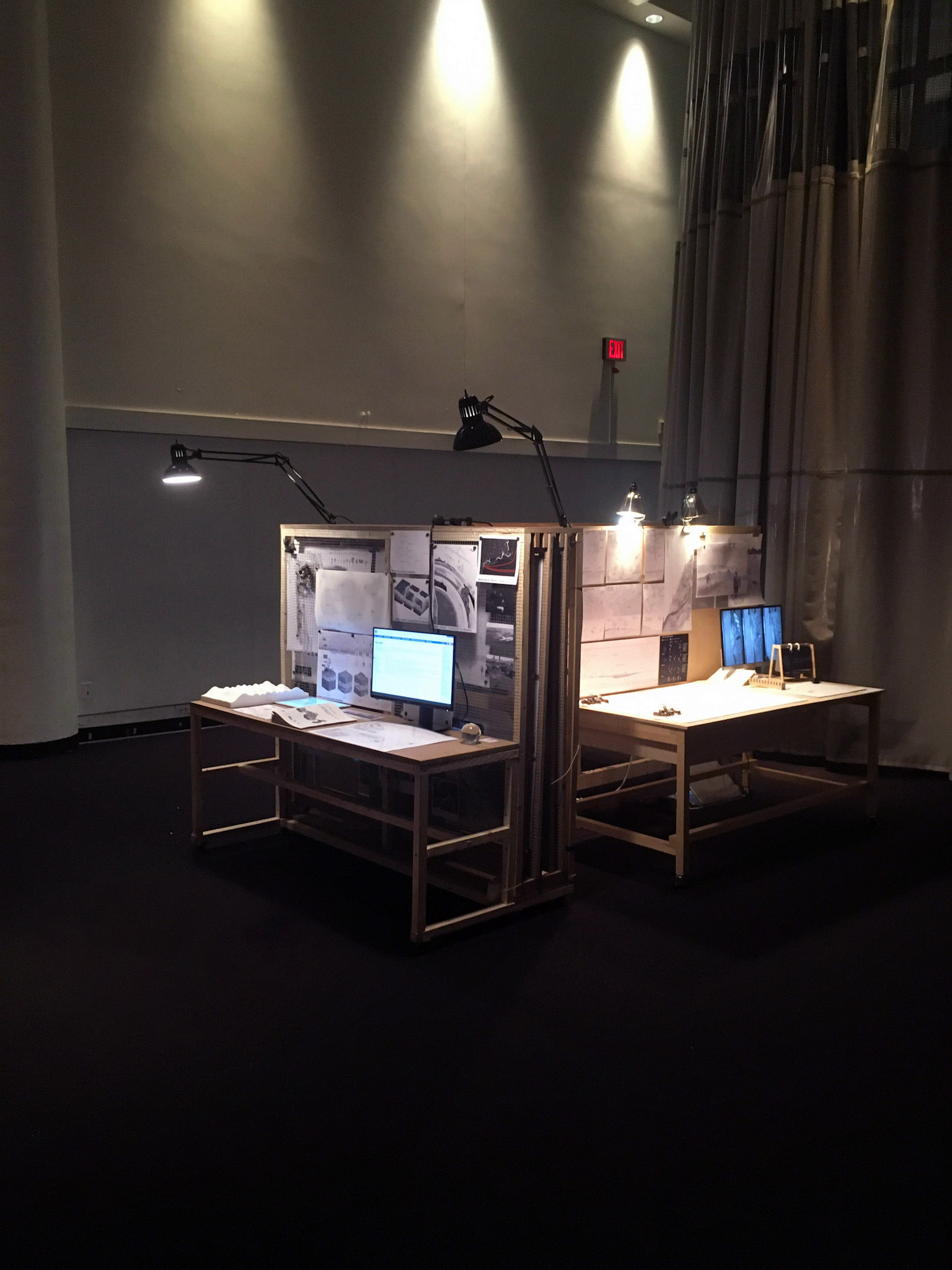
Installation
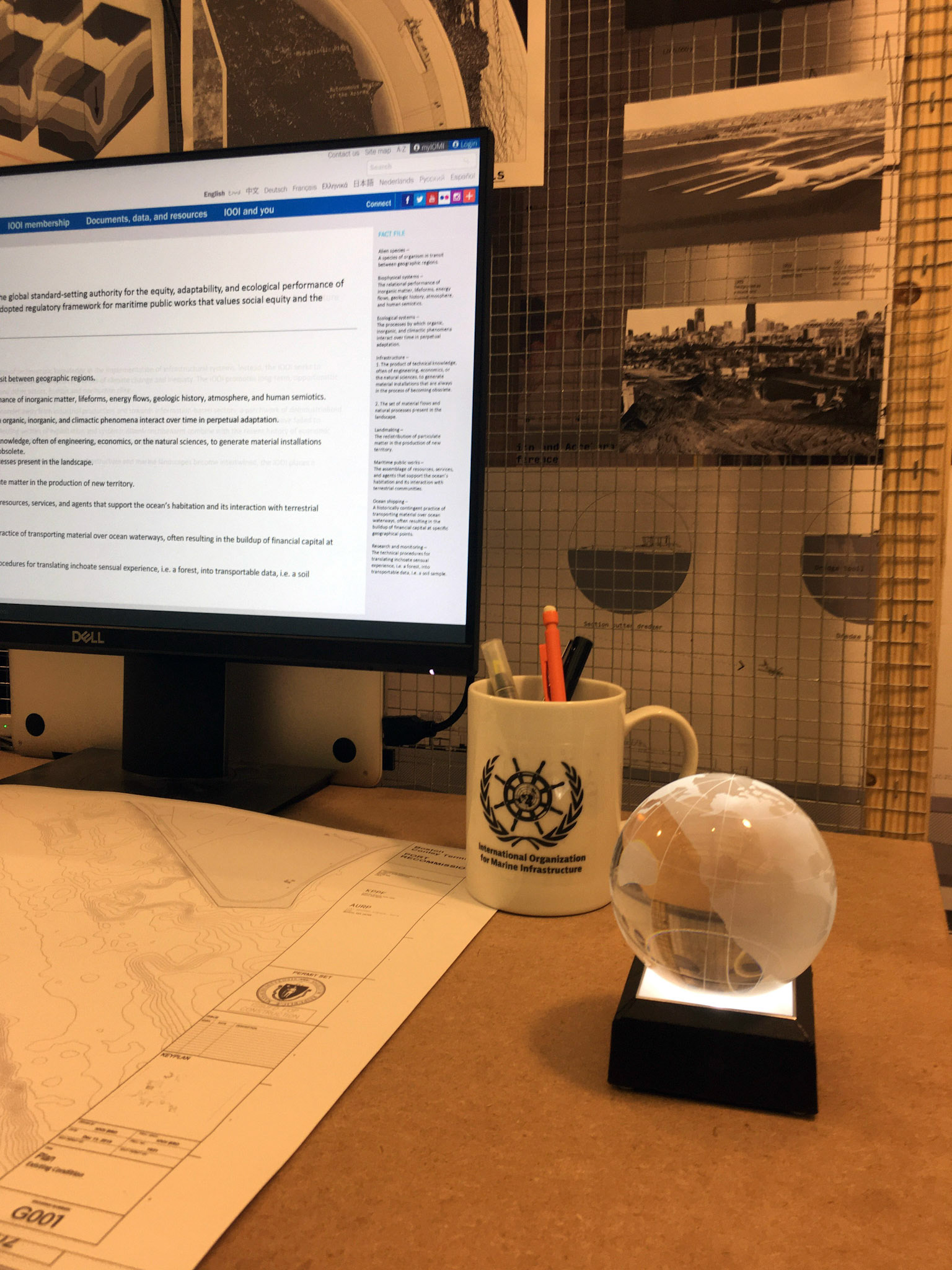
Installation
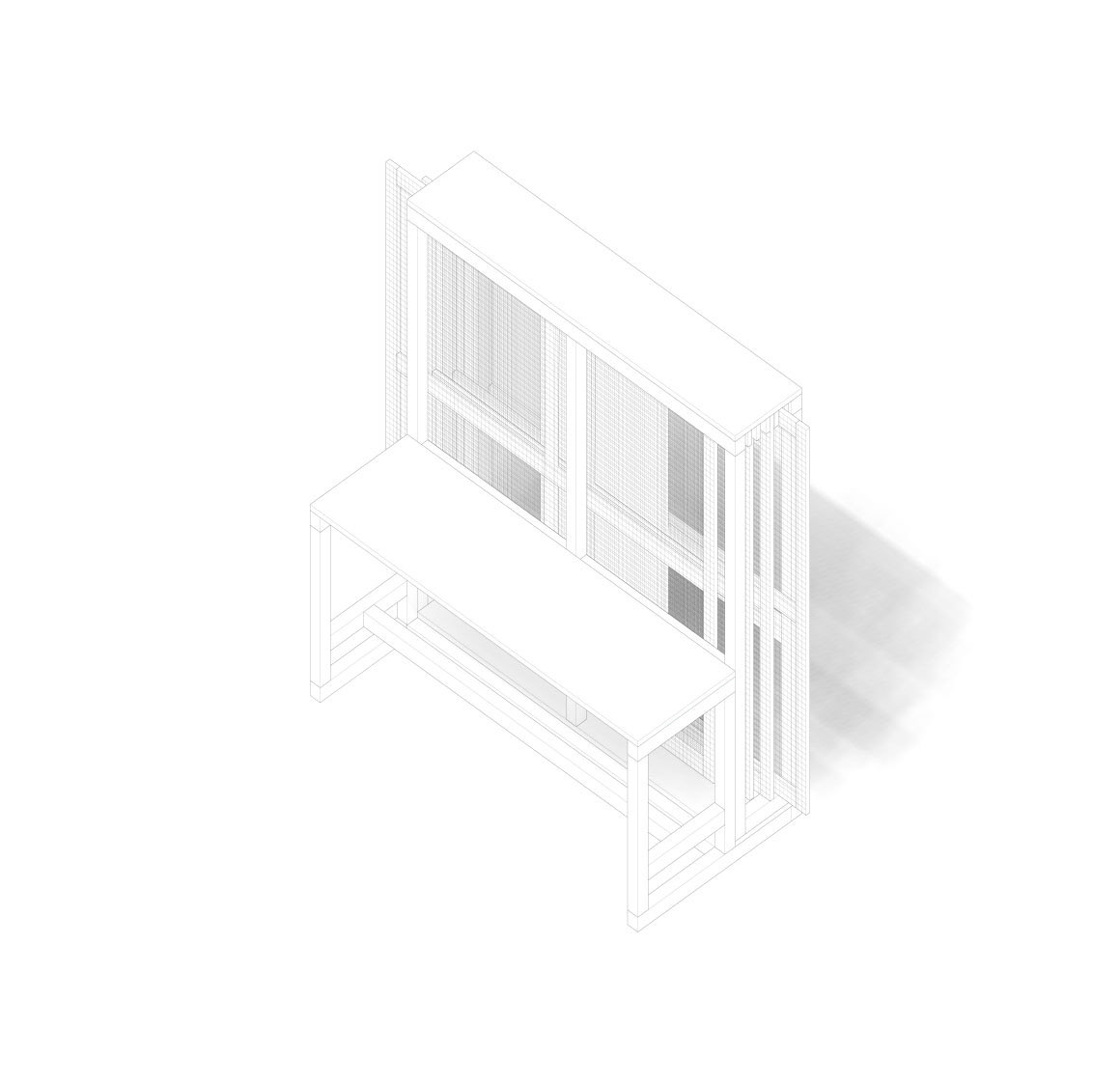
Desk Installation Rendering
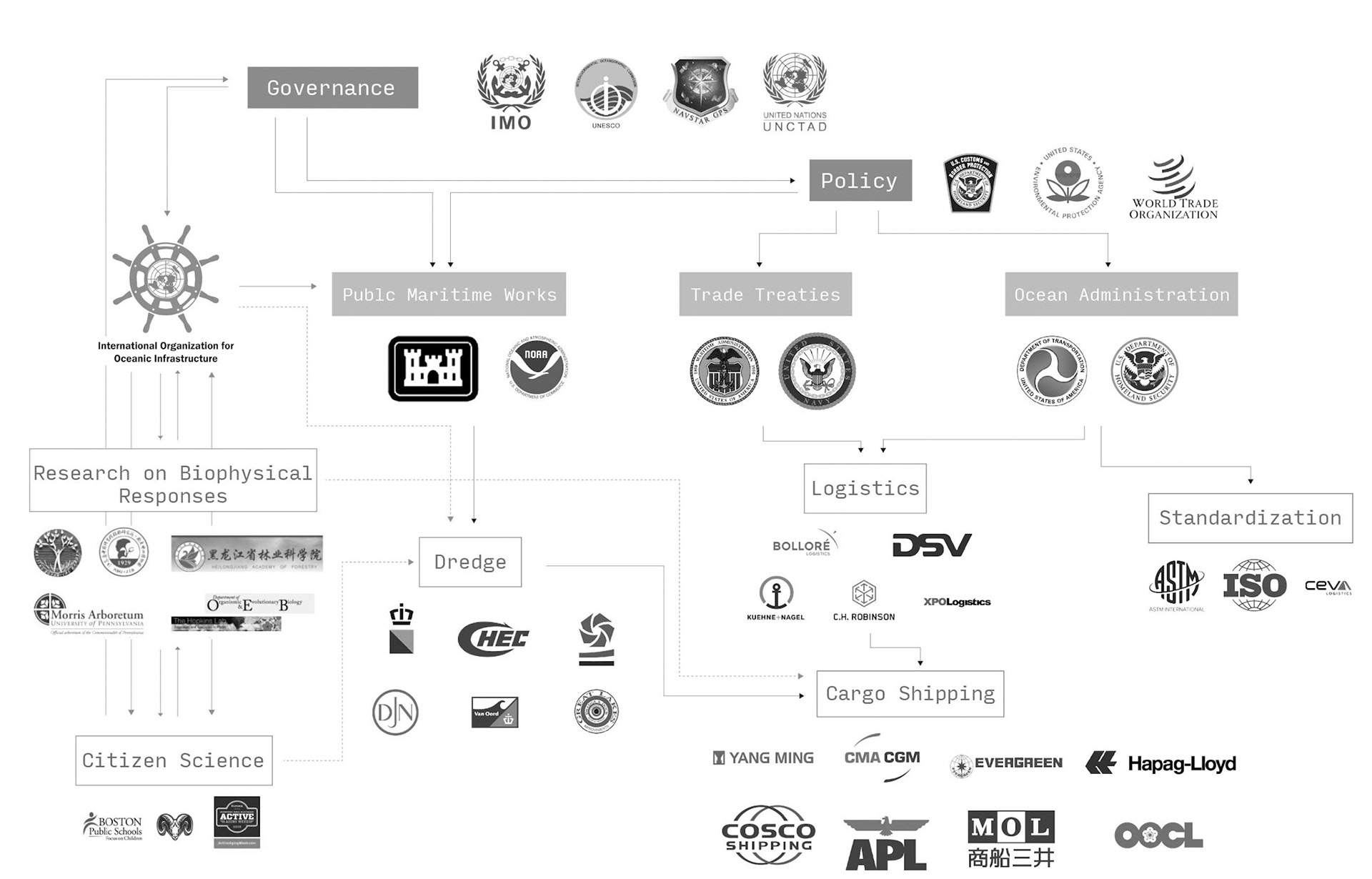
Stakeholder Diagram
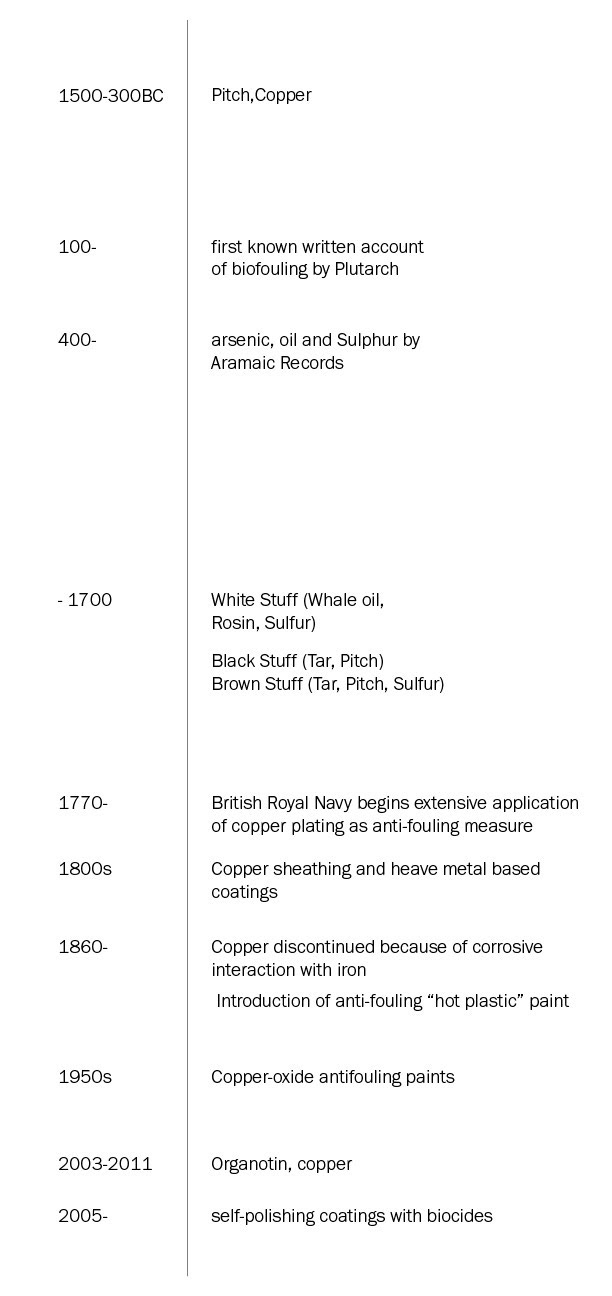
Antifouling Timeline
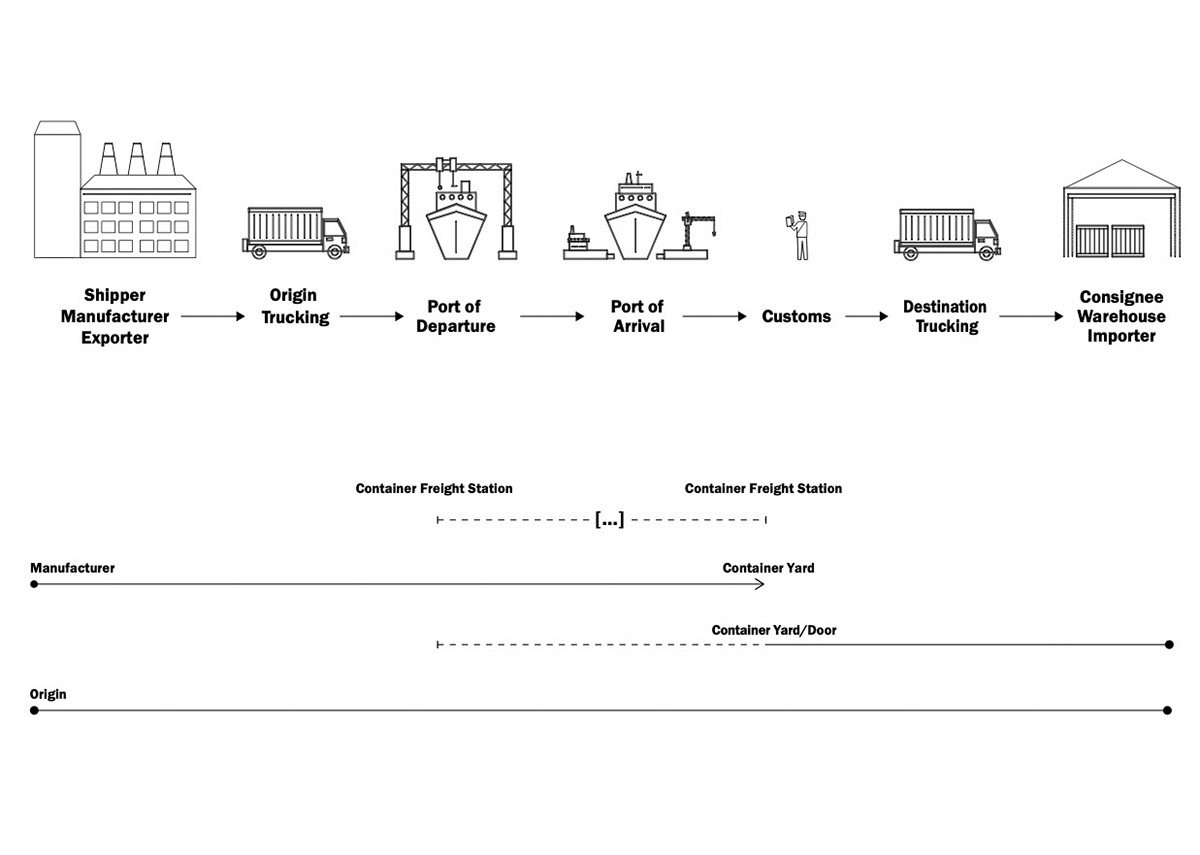
Port Logistics Diagram
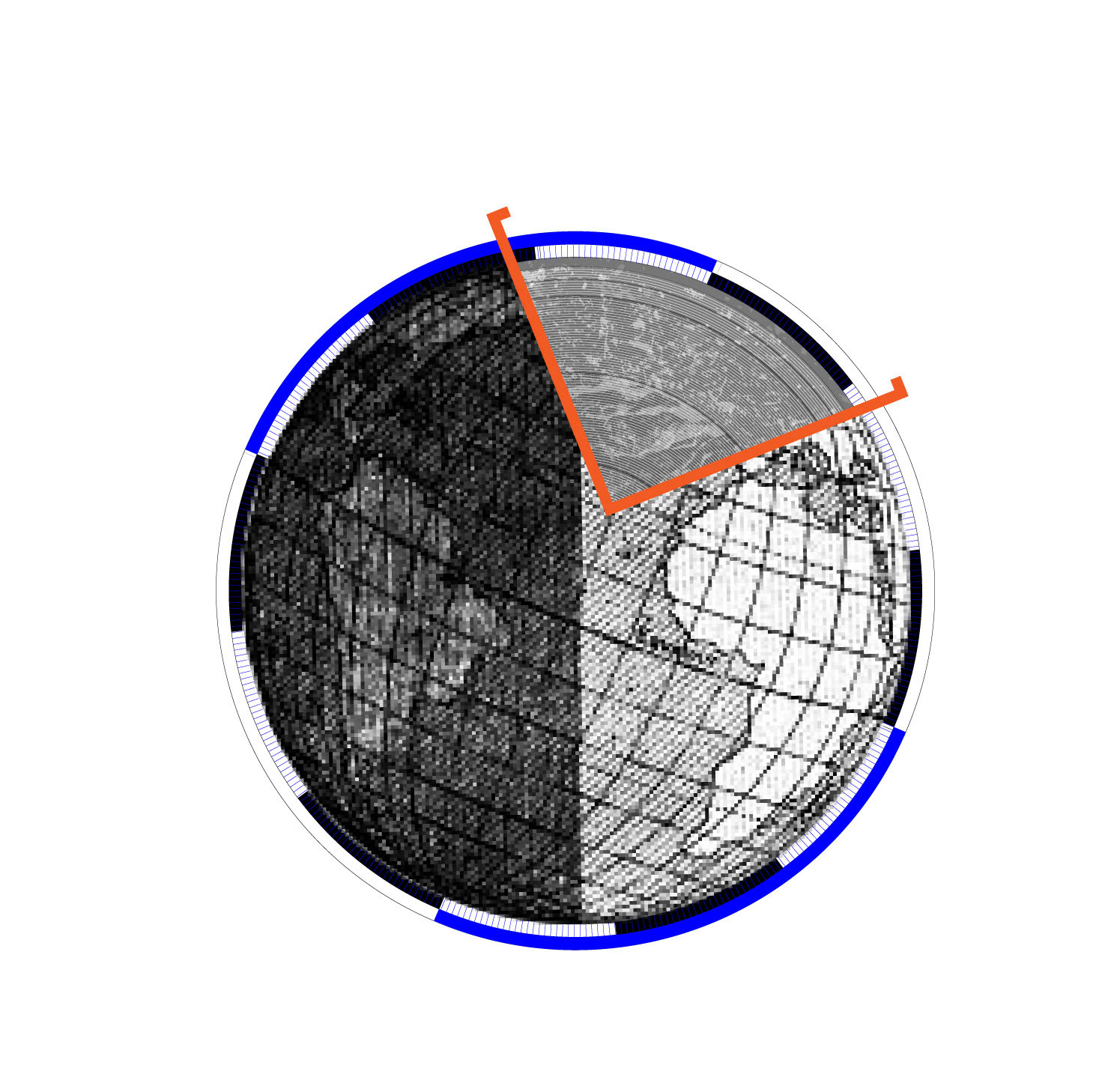
Earth Section Cut Line
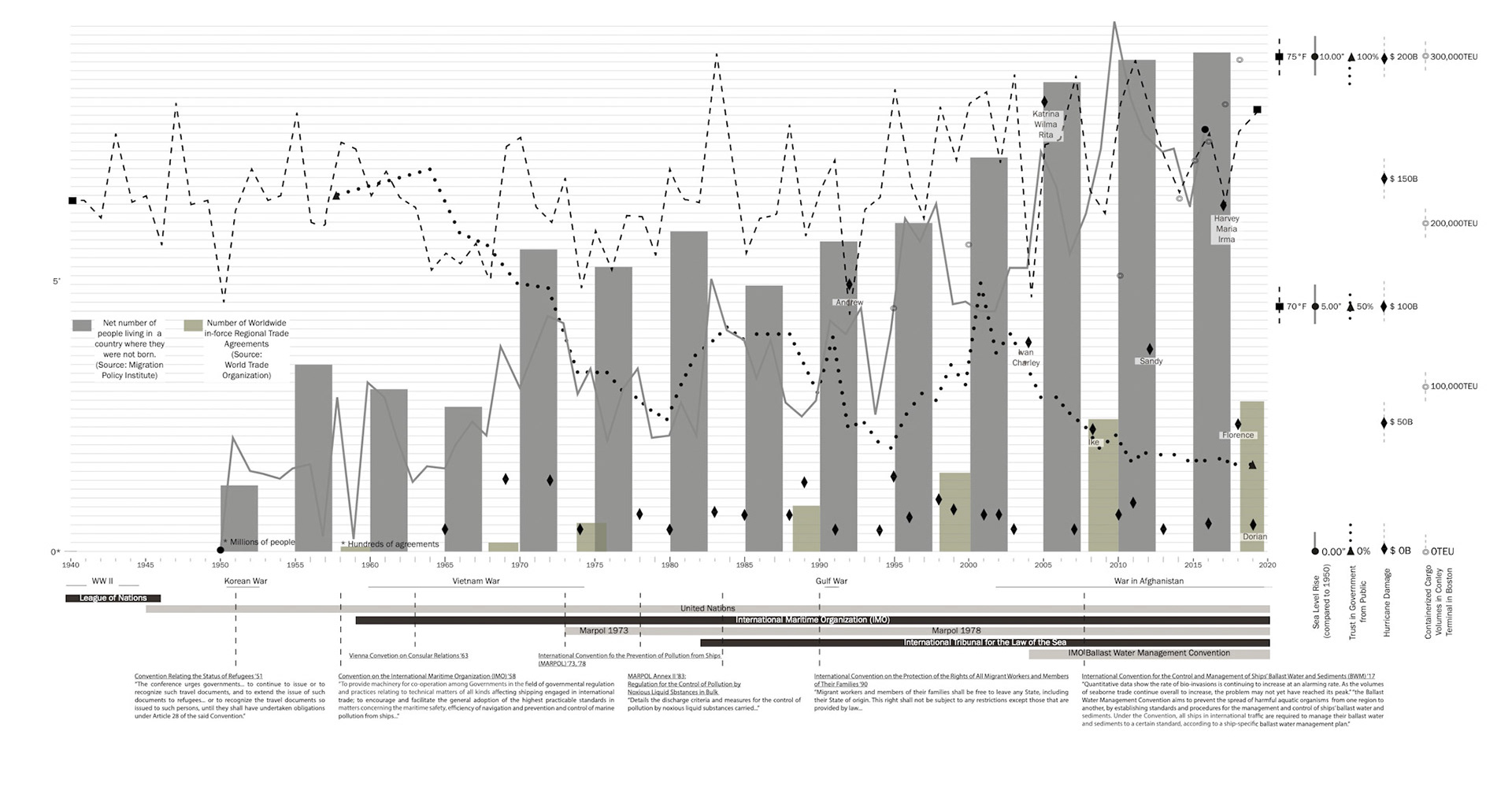
Timeline
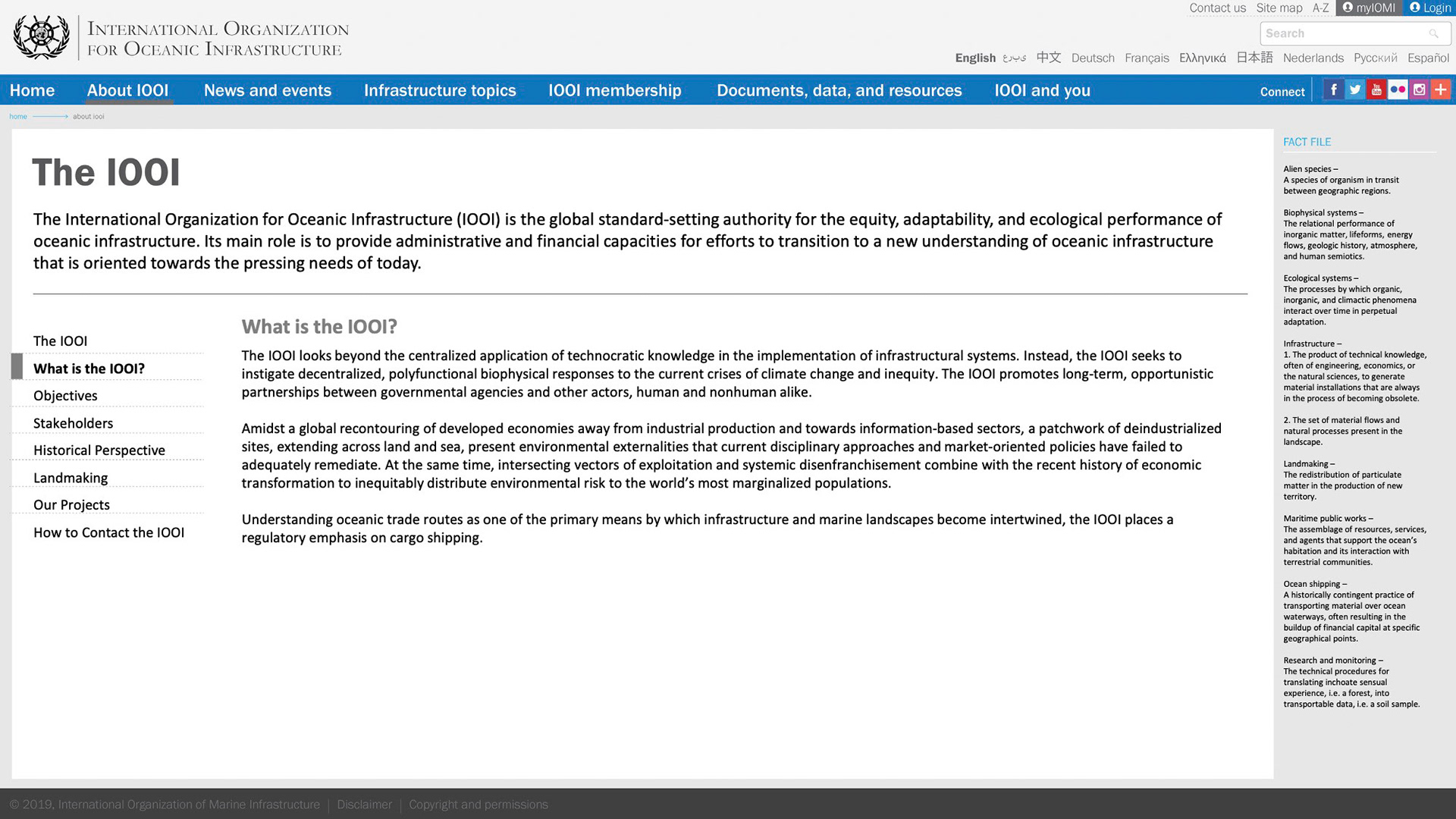
IOOI Website
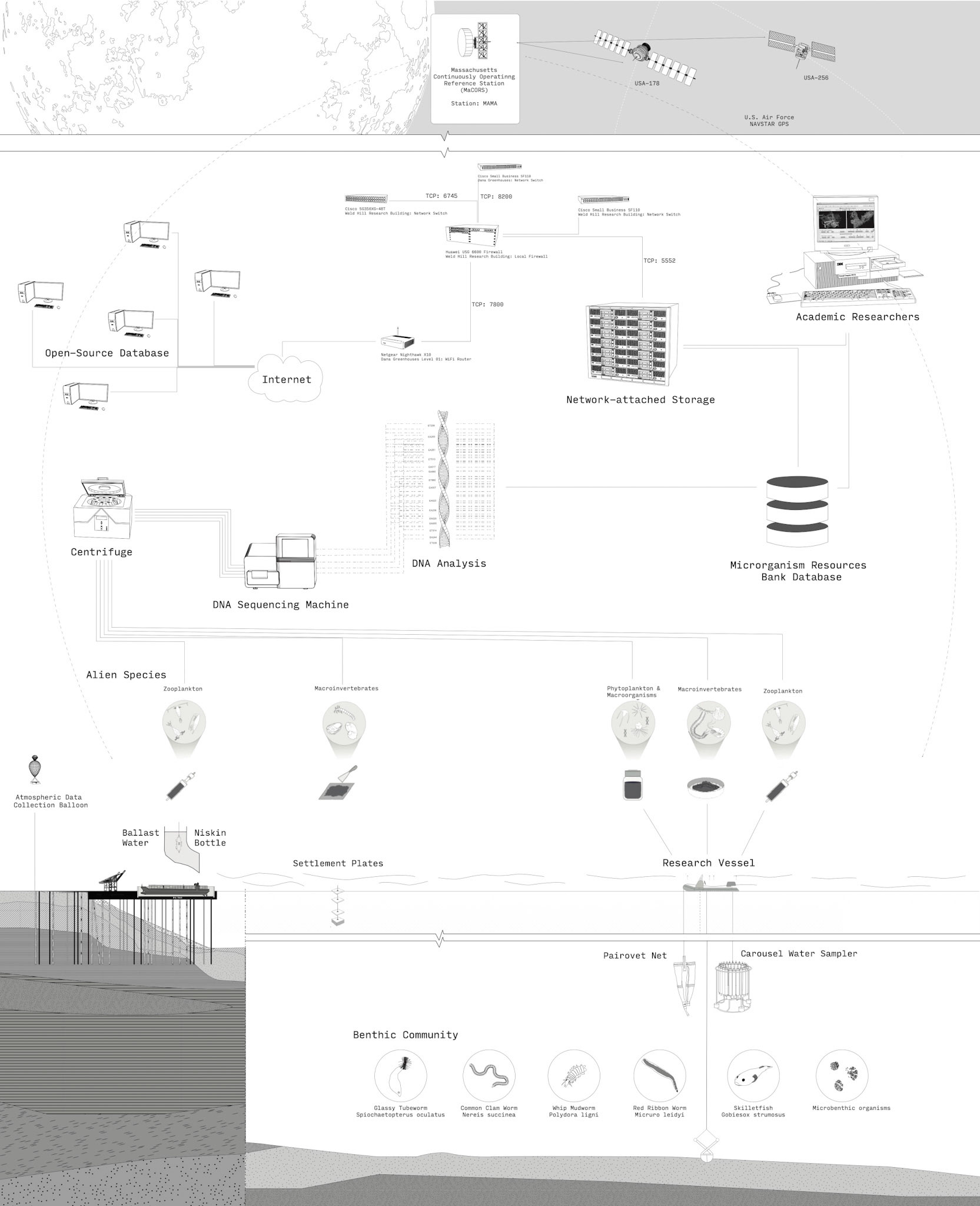
Network Diagram
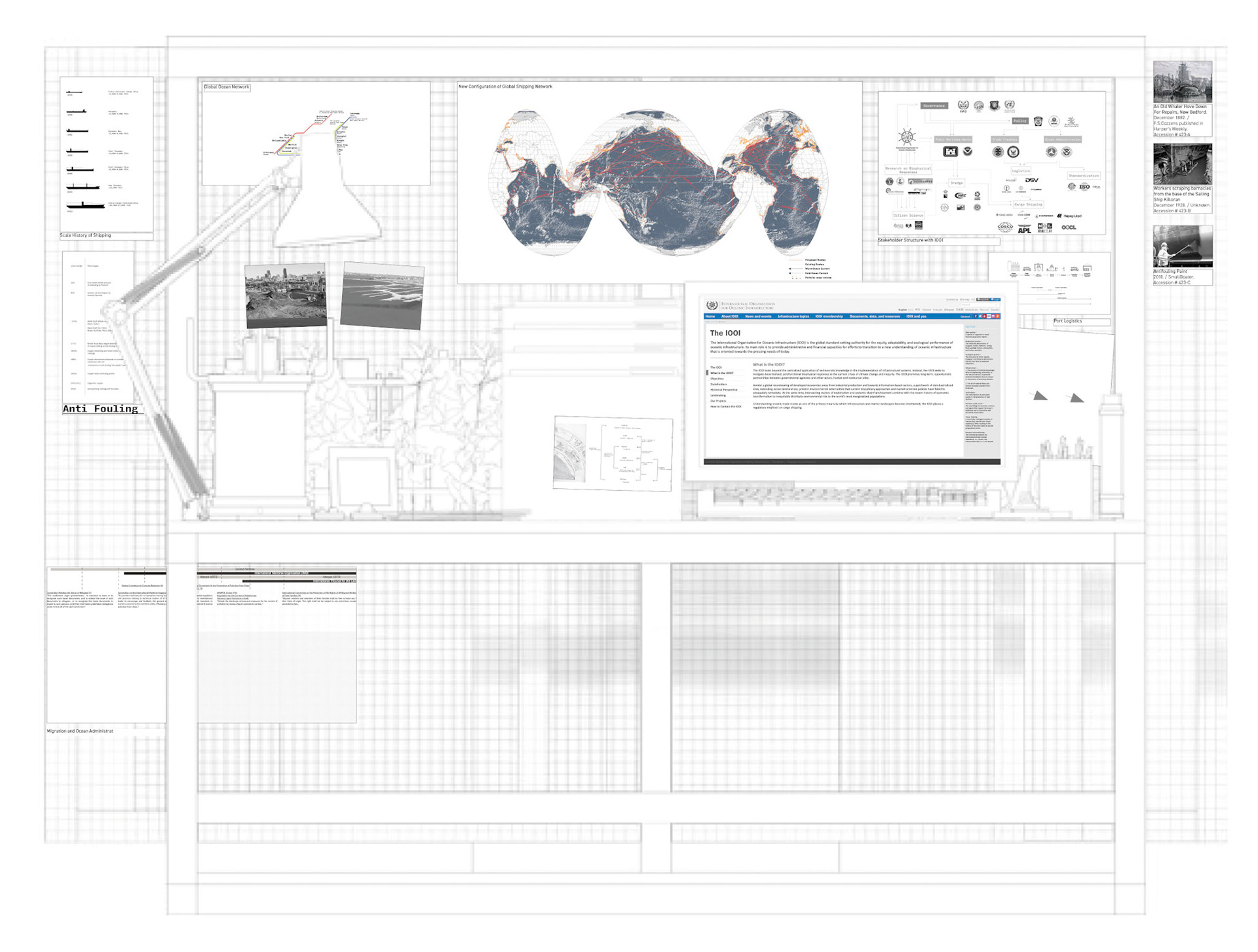
Desk Installation Rendering

Video Still

Harbor Section

Harbor Section
By appreciating biofoul organisms for their role in a new conception of oceanic infra- structure, this project proposes a new terrain of information exchange between organisms across territories based on an adaptation of existing information systems.
Recognizing the inability of traditional state jurisdictions to effectively address the pressing need for climate adaptation independently, we propose the establishment of a new international organization dedicated to the coordination of decentralized biophysical responses to a changing climate and its inequities.
The International Organization for Oceanic Infrastructure, or IOOI, embodies the tension between, on one hand, the necessity for a global-scale state organization to address our changing planet and, on the other hand, the notion that productive climate adaptation must also occur at the one-to-one scale through approaches that support both living and nonliving entities alike.
Among the many elements of ocean infrastructure, the port stands out for its significance as a transition point between terrestrial and aquatic exchange, a checkpoint between national boundaries, and its increasing vulnerability to flooding.
The IOOI’s decommissioning guidelines, implemented in Conley Terminal, outline recommended methods for the progressive decommissioning of shipping activity and repurposing of port infrastructure in service of biofoul organisms and the study of adaptability. The existing equipment of those ports flagged for disuse will be repurposed for the recommission process of establishing biofoul research and habitat facilities.
With habitats dedicated to the organisms well-adapted for postindustrial ocean life, the IOOI supports initiative to monitor biodiversity on ports in an effort to learn more about how adaptation can occur. These endeavors will be carried out in partnership with local citizen scientists who want to aid in creating new forms of coastal settlement.
